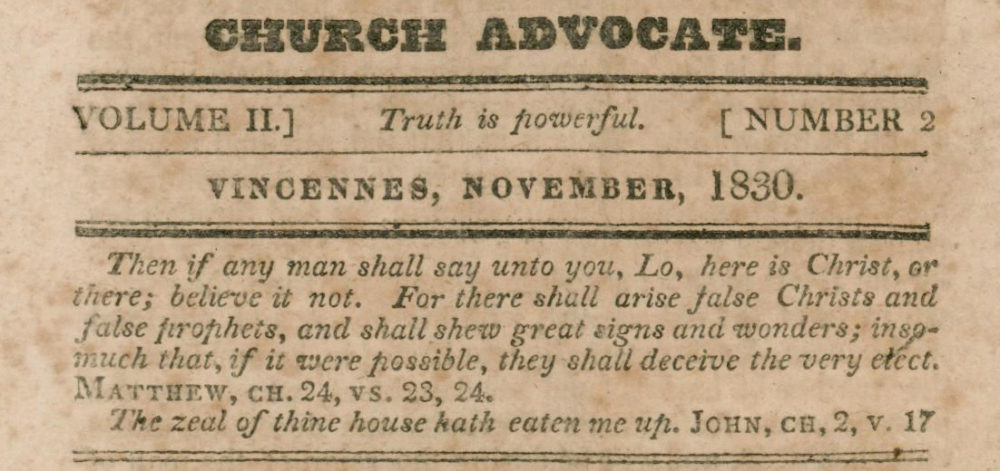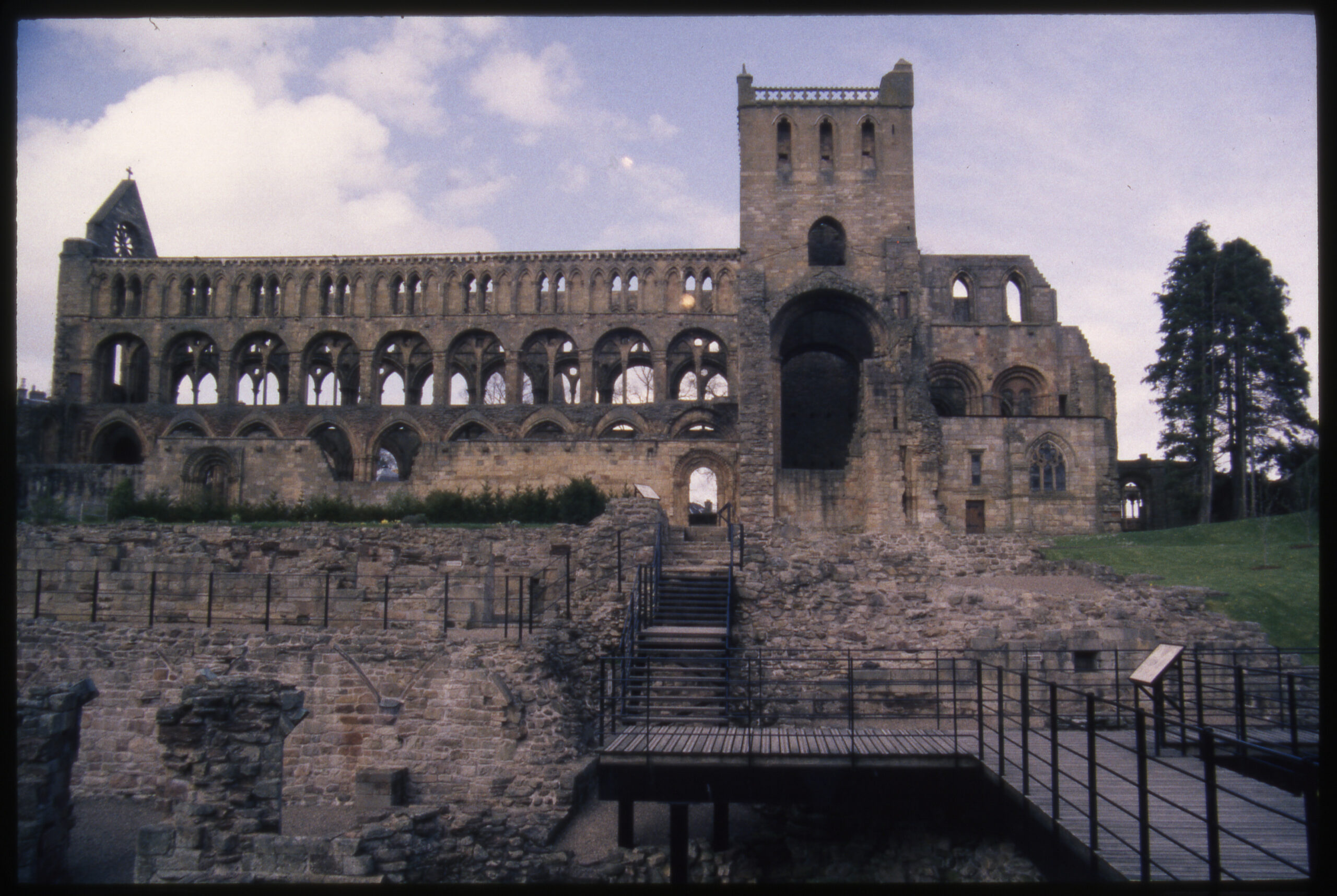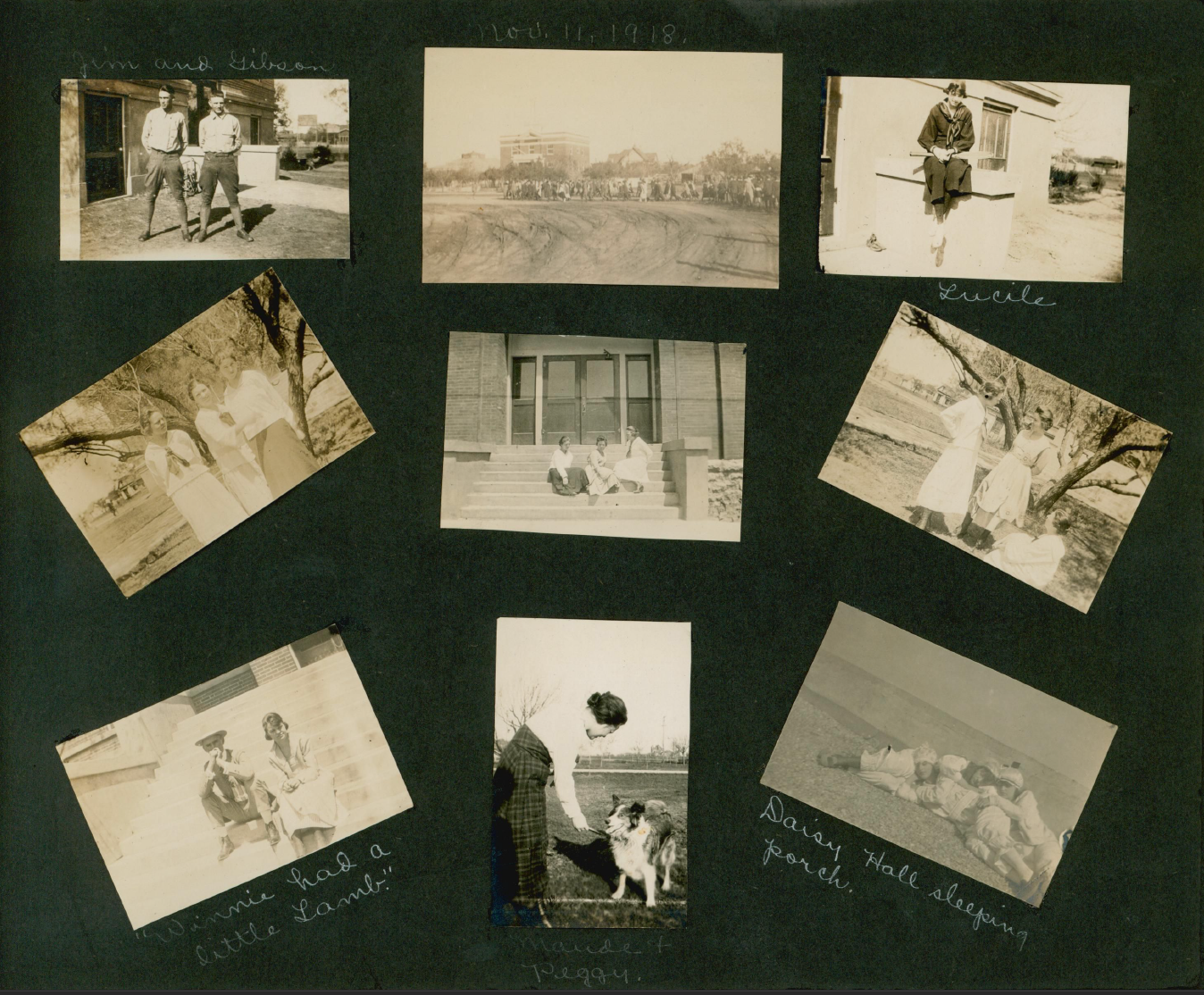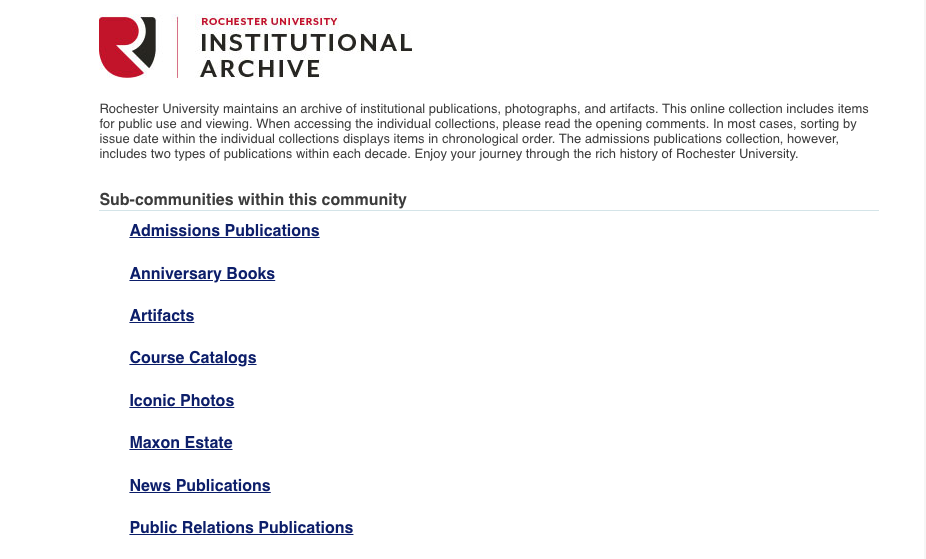A researcher asks this question by email:
“Can you explain what a Finding Aid is, and if I would be able to see anything from these files?”
Thank you for this question, I appreciate the opportunity to clarify these terms and concepts. A finding aid is a guide to a collection of archival materials. Archival materials are usually defined as unique items created by a person or an entity in the course of doing what they do. Unique is defined as one-of-a-kind, especially when referring to the personal papers of a person or family. Mass-produced materials like books or periodicals are usually not included in the strict definition of ‘archives.’ Likewise, artifacts are not usually thought of as archival, either. So in this sense an archive is neither a library nor a museum, strictly speaking.

Letter of Recommendation for both G.W. Varner and A.V. Varner signed by the entire congregation. George Washington Varner Papers, Center for Restoration Studies Manuscripts #295
Archival materials are those materials created by a person or entity in the course of doing something. For example, a preacher preaches sermons and so creates handwritten study notes, or typed notes, or word-processed notes in a digital file, or drafts outlines or full manuscripts of the sermons, plus bulletin articles, correspondence, and the like. A business or an organization (such as a church) does the same thing: they print bulletins or newsletters, engage in contracts, publish reports, issue directories or membership lists, or create recordings of their activities in some form or fashion. We can’t–and shouldn’t– save everything, but that is a post for another day.
An archival collection then is the assembly of those materials, and we make every attempt to preserve them in the order left by their creator because that order reflects their use and conveys meaning about their use. For example, we would not rearrange a preacher’s topical sermon notes and place them into an arbitrary organizational scheme (even such as putting them in order of the books of the Bible) because that disrupts their created order. Likewise, we would not rearrange a set of sermon notes from biblical-book order to create a chronological order. Nor would we rearrange correspondence originally filed by date into a new arrangement by the last name of the correspondent. The point here is that the physical order matters and tells us something. In short, we try to leave it alone and describe it as-is as far as possible because the order should be allowed to speak for itself. In some cases we receive items in no order, and we have to impose an order otherwise the collection is so disorganized it is not at all useful. In those cases, we document both the initial disarray and our choices in bringing order to the chaos.
A finding aid describes the materials so a user determine 1) what is in the collection, and 2) where in the collection it is located. Without this critical information, researching in a collection is unnecessarily time-consuming and difficult.
Compiling a finding aid is itself time-consuming and can be difficult (especially if materials come to us in no order whatsoever), but that is part of what we do. A finding aid could be very specific, even down to the item level. Compiling his kind of description is very tedious and time-consuming, and for that reason we almost never use it. However, these are extraordinarily helpful for researchers and some collections merit this attention.
On the other end of the spectrum, finding aids could simply describe a collection at the broadest possible level: the collection level. For example, the finding aid could simply say, the Doe Family Papers contain materials from and about the Doe Family, in 5 boxes. That is a legitimate (albeit super-basic) finding aid. It is up to the researcher then to ask questions and dig deeper. If they are interested, they can explore further. The downside is that a researcher will have to dig, sometimes deeply, before discovering something useful, or realizing the collection does not contain information relevant to their needs.
These two examples are polar opposites and are really rather simplistic when it comes to actual practice. Sometimes a one-size-fits-all approach works well…except when it doesn’t. A major goal of archival description is to render collections accessible and useful. Some collections are best served by hybrid approaches to arrangement and description. In each case we balance specificity against efficiency. In practice we might describe the components of a collection differently. We might say, OK, sermons in boxes 1-2, in biblical-book order, correspondence in box 3, and then list all the names of the correspondents. That strikes a fair balance because if a researcher is looking for sermons on Psalms, they can find them easily enough, and if they are looking for John Doe letters, they can easily determine if the collection has any. And we do not need to list every sermon, or describe every letter.
The benefit here is that more collections get some description, albeit less detailed, rather than one collection getting an item-level finding aid and no other collection receiving much description at all. After all, we have over 500 collections so we must draw a line somewhere; we try to achieve folder-level specificity if at all possible because it really helps the researchers while allowing us to keep describing all of our collections (and new ones are coming in regularly). Researchers can search the finding aid, locate the folder they are interested in, and go from there without having to search through boxes of un-described materials. That is an ideal we aim for. In some cases we are less specific simply because we have not yet gotten to those collections…yet. And we can always come back to collections and beef up the description.
A finding aid, then is a guide to an archival collection. It takes its shape from the collection itself, and describes both the materials and their arrangement in a manner that allows researchers to determine the contents of the collection, and their location reliably, efficiently, and effectively.
In terms of seeing the collection, you are welcome to visit in person. If you would like, I can select a few items from the collection to scan and send you. Or look over the list of folders in the online description and direct my attention to the one or two that look most interesting to you.
Thank you again for your question.
—
Findings aids for our collections are available online.



